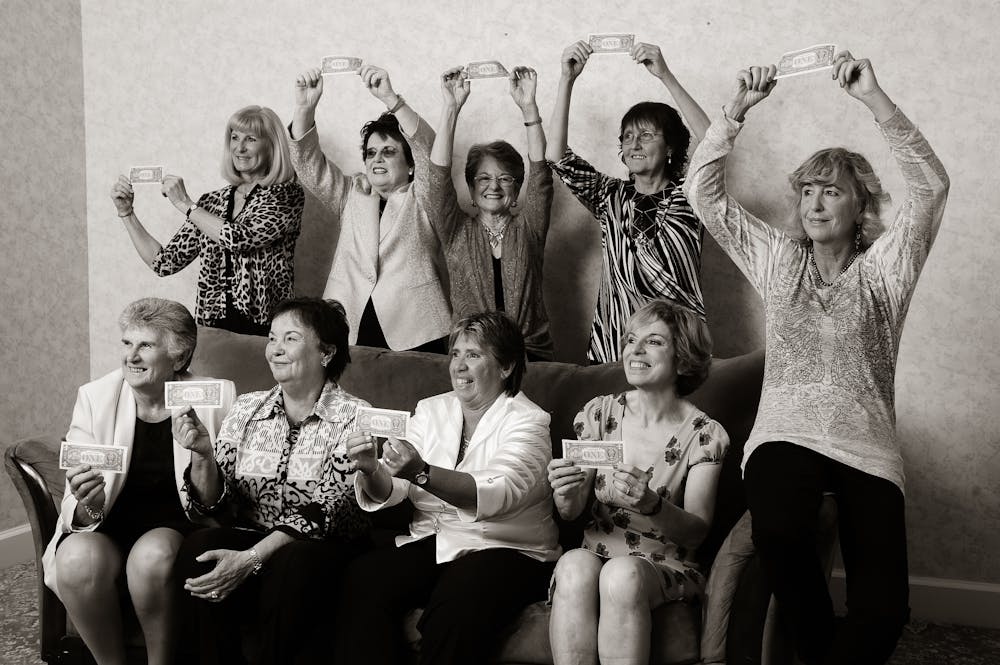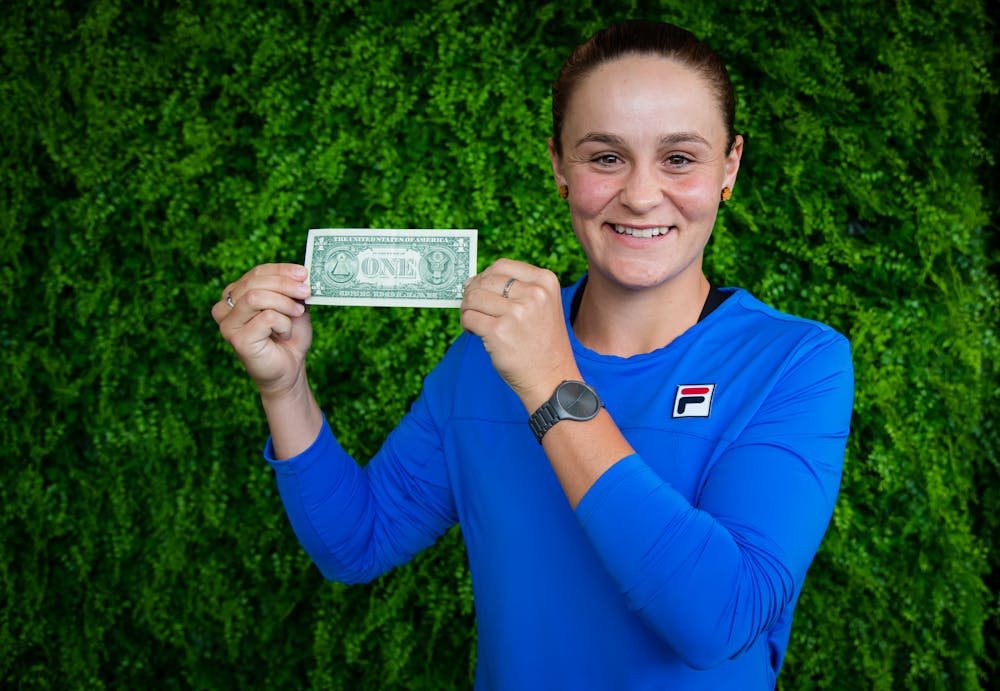They did so knowing they could be banned from playing in the Grand Slam events or in international competitions for their countries.
“That tournament took place while everybody was under this huge cloud,” said Julie. “In the very beginning, of course we were scared. We did not know what was going to happen to us. But from the very beginning, there were very positive signs where we could go.”
The USLTA set up a rival tour, starring Grand Slam record holder Margaret Court and Virgina Wade. But the bold move by the nine trailblazing women and promoter Gladys Heldman would change tennis forever.
In 1971, the Virginia Slims Series made its debut, with 19 tournaments in the US and a prize money pot of $309,100. Two years later, King united all of women’s professional tennis with the foundation of the Women’s Tennis Association (WTA) in a London hotel.
Fifty years after the Original 9 signed a $1 contract, the WTA hosts 60 events in 28 countries, with a total prize money pot of $179 million for more than 1,800 players. There is also equal prize money at all four Grand Slam tournaments.
Japan’s Osaka, the reigning US Open champion, is the best-paid female athlete in the world, earning $37.4 million last year from prize money and endorsements, according to Forbes.
“The three things we cared about for the future generations was that any girl in the world, if she was good enough, would have a place to compete,” King told a virtual news conference hosted by the International Tennis Federation last week. “And that, number two, she would be appreciated for her accomplishments, not only her looks. And number three, most importantly, that she was able to make a living.”
 ROLAND-GARROS
20 May - 9 June 2024
ROLAND-GARROS
20 May - 9 June 2024


 ©Volvo Car Open/Chris Smith. Clockwise from top left: Valerie Ziegenfuss, Billie Jean King, Nancy Richey, Peaches Bartkowicz, Kristy Pigeon, Julie Heldman, Rosie Casals, Kerry Melville Reid, Judy Dalton.
©Volvo Car Open/Chris Smith. Clockwise from top left: Valerie Ziegenfuss, Billie Jean King, Nancy Richey, Peaches Bartkowicz, Kristy Pigeon, Julie Heldman, Rosie Casals, Kerry Melville Reid, Judy Dalton. 